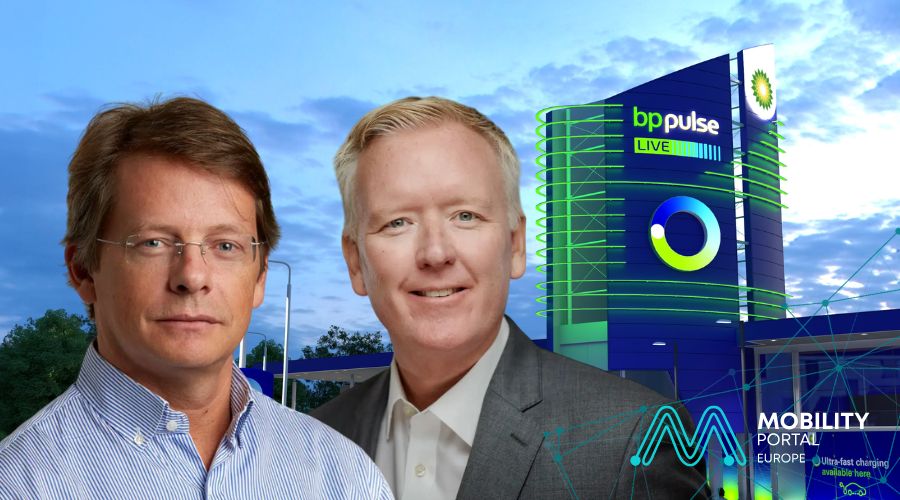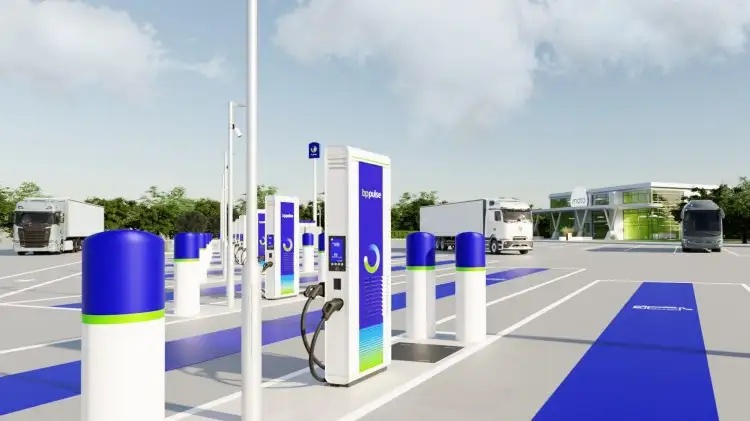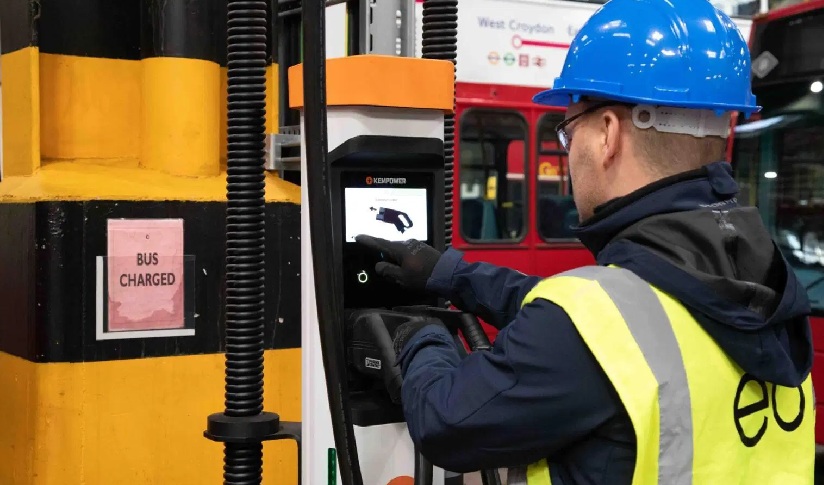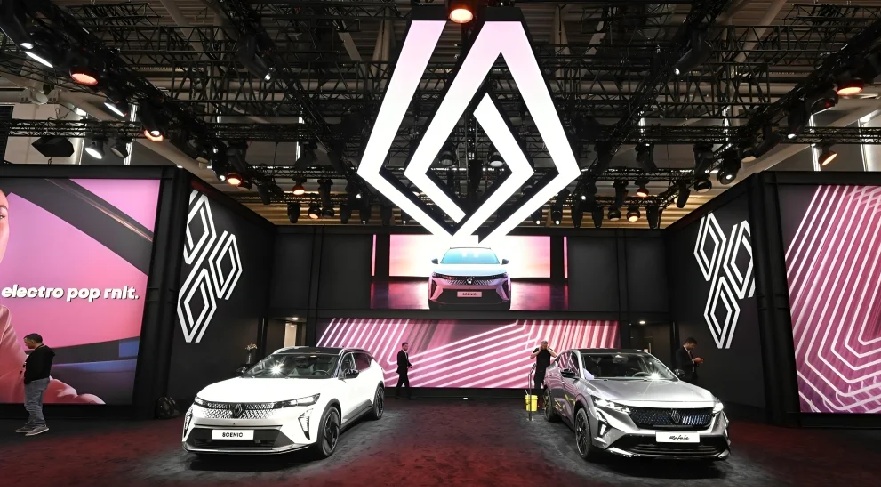The head of BP’s electric vehicle charging business BP Pulse, Richard Bartlett, has left the company, a BP spokesperson said on Thursday, weeks after a strategy revamp to refocus on oil and gas.
BP has around 40,000 electric vehicle (EV) charging points.
It said at its capital markets day in February, which saw it slash spending on renewables, that it would reduce its annual investment in EV charging to average below $500 million and focus on Britain, Germany, the United States and China.
Bartlett was also in charge of BP’s European fuels and convenience business.
Bartlett will be replaced by Martin Thomsen, who has been with BP for two decades working in fuels-focused and customer-facing businesses, the spokesperson added.
Thomsen most recently served as CEO of Air bp, the company’s aviation fuels division, where he led global operations with a strong emphasis on safety, customer service and sustainable growth.
Born in Brazil to an Argentinian-Italian mother and a German father, he holds a Master of Engineering Science from Instituto Tecnológico de Buenos Aires and is a graduate of Harvard’s Program for Leadership Development.
Though new to the electric mobility sector, Thomsen brings broad international experience from roles across Europe, including retail fuel operations in Spain, and general management positions in Austria, Switzerland and Turkey.
He has expressed enthusiasm about leading BP Pulse in a pivotal moment for the company, with a focus on operational excellence and supporting BP’s ambition to become a net zero company by 2050.
A passionate advocate for sustainability, Thomsen has previously stated that collaboration across stakeholders—from governments to customers—is key to advancing low-carbon solutions.
A self-described “people person,” he’s also known for his love of rugby and his hands-on leadership style.
READ MORE
-
High-power e-truck charging system rolled out on UK’s main routes
The project is focused on the UK’s primary motorway corridors, supporting bp’s aim to build a publicly accessible network of multi-energy truck hubs across the TEN-T routes.
-
Over 300 e-bus charge points installed in UK after strategic partnership
Over the course of three years, Kempower and EO Charging have collaborated to fit a total of 11 bus depots with fast charging infrastructure, primarily located in London and Scotland, working with operators like Metroline, Go Ahead and Stagecoach.
-
Renault Group successfully issues its first green bond worth €850 million
The proceeds will be used to finance and refinance investments related to zero-emission vehicles as part of its strategy to achieve carbon neutrality in Europe by 2040.










